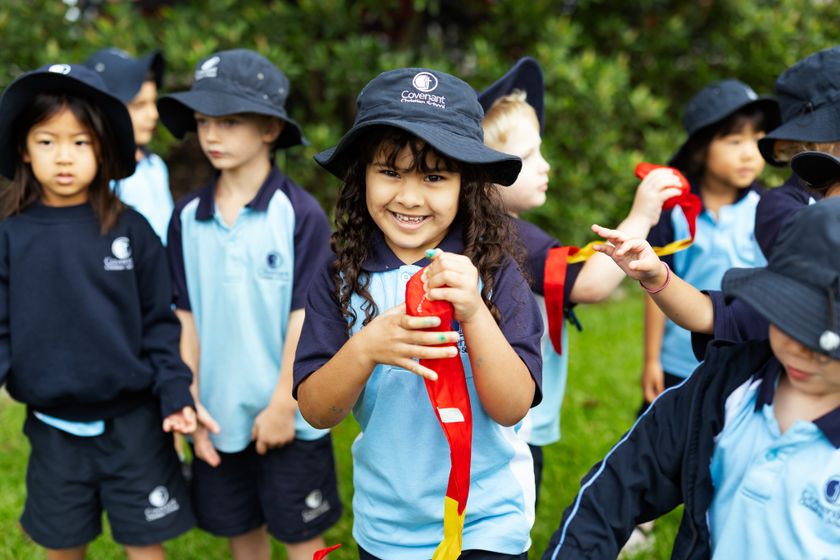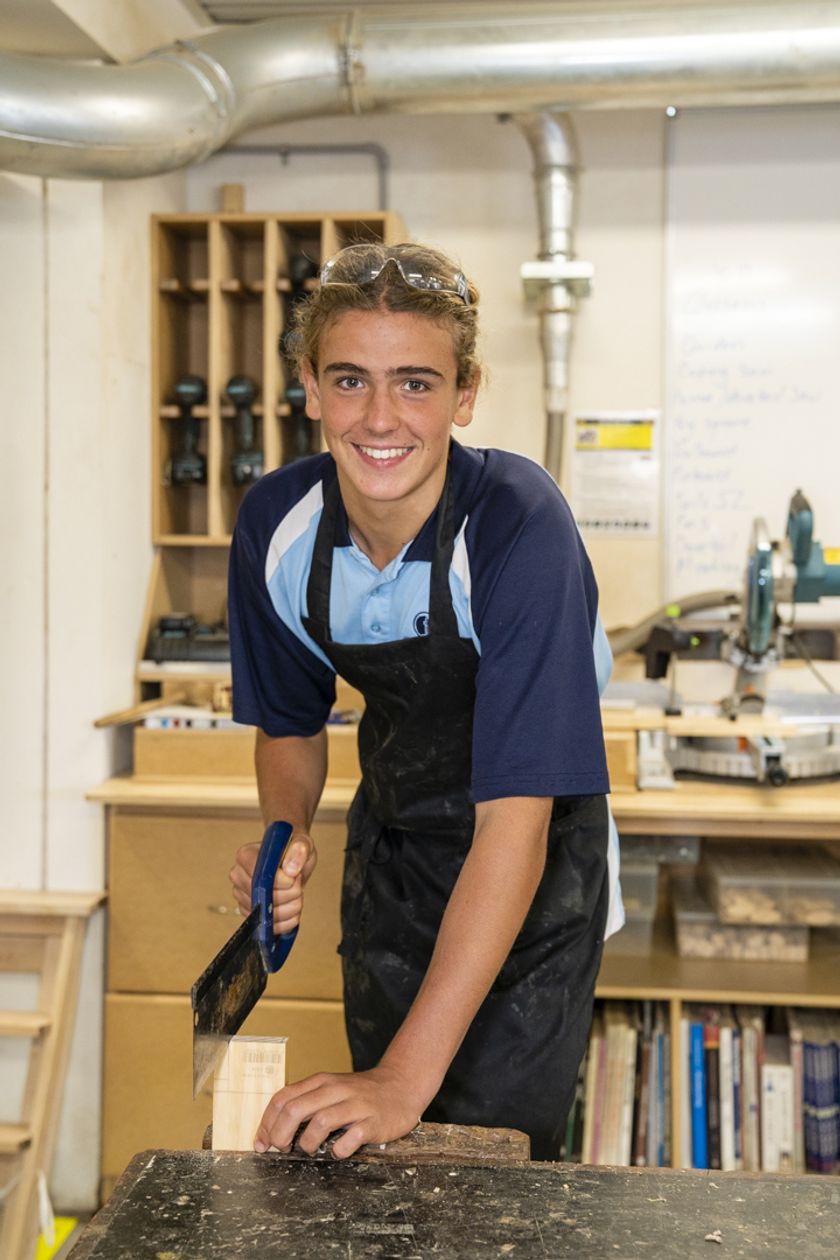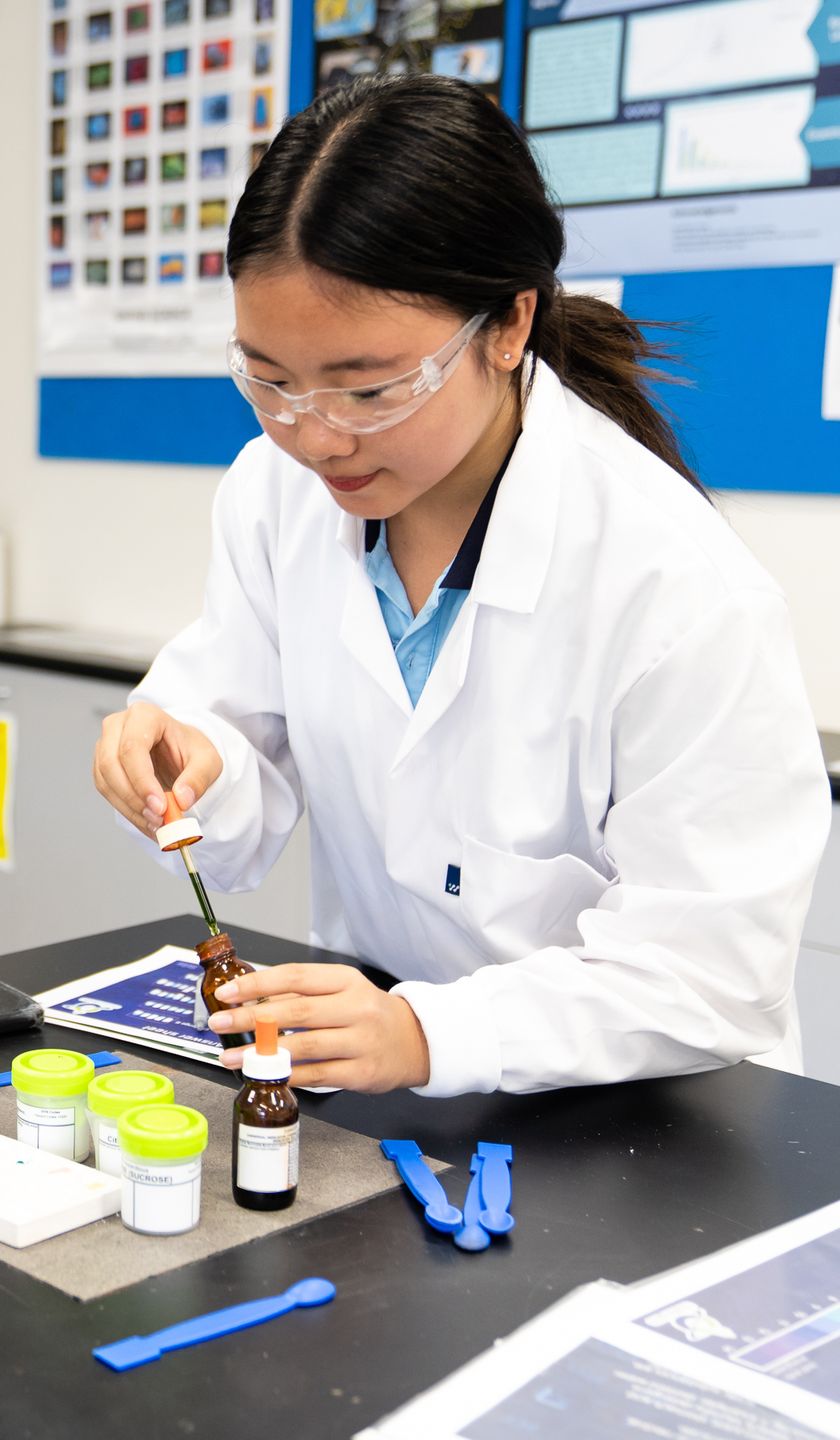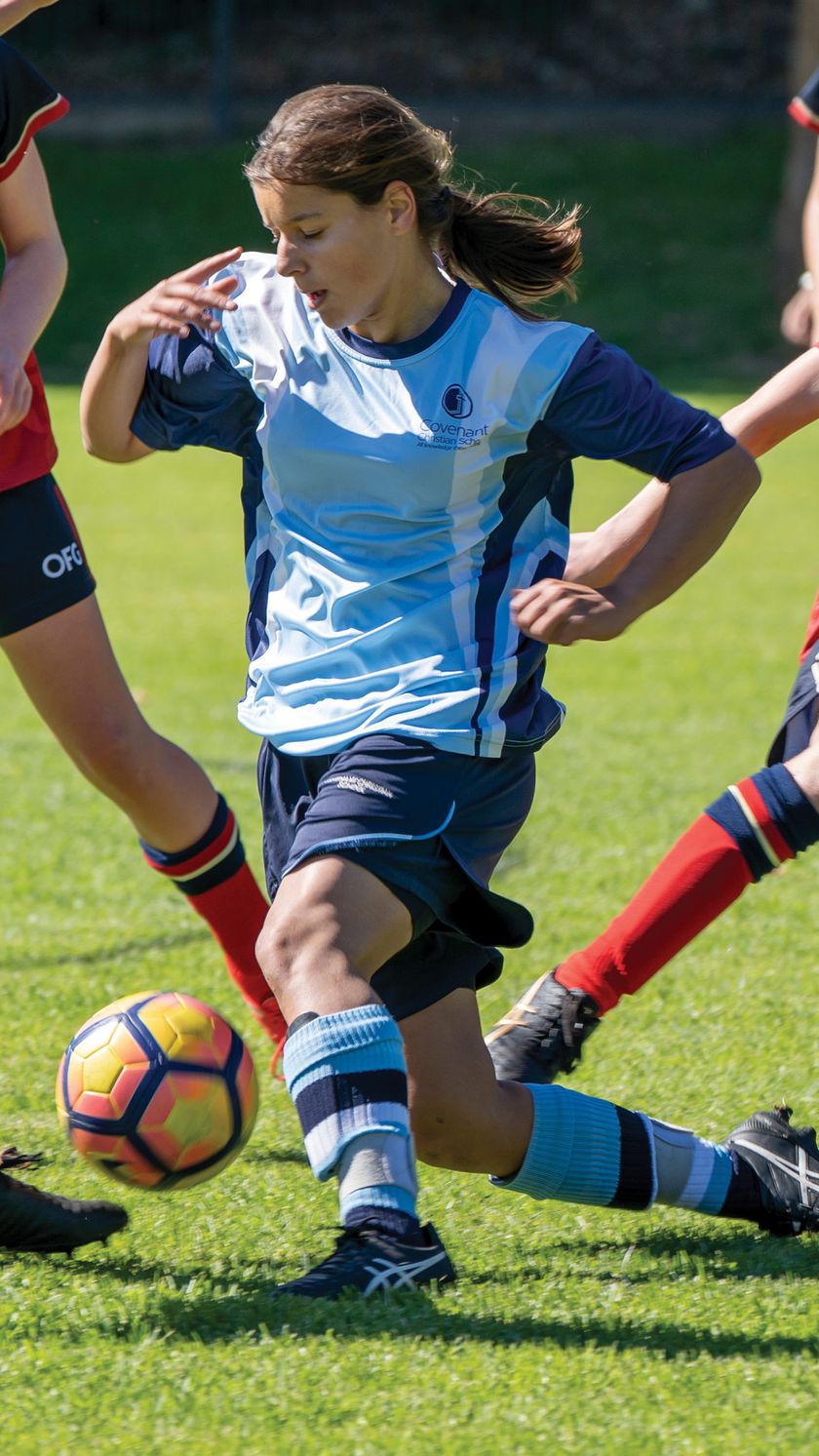






Devices should not be used by any other student or family member except for the parent or caregiver when assisting with schoolwork.
Students do not have permissions to install or delete software on their device. If any additional software is required, students should contact TechServe.
Students are prohibited from accessing or storing offensive images, video and audio on laptops or other digital storage devices.
A vinyl skin will be provided for each laptop. Students should not interfere with the vinyl skin or place additional stickers on the device. If a replacement skin is needed, parents may be charged.
Students are not permitted to eat or drink whilst using their devices.
It is the student's responsibility to ensure their device battery is fully charged each night.
When not in use, devices should be stored in a safe place within the protective laptop sleeve. The device should be stored in a safe place, out of reach of younger children and away from areas of excess heat.
During lunch and recess breaks or when devices are not being used, they should be stored in the student's locker. However, the device must not be stored in lockers overnight.
To care for the device please follow these procedures:
Students who fail to follow these directives will be in breach of their Acceptable Use Agreement.
Students are encouraged to create folders on their OneDrive to assist them in the organisation of their work. These folders will be backed up and synchronised with the school system constantly for the safe storage of schoolwork.
The following tips will help to keep schoolwork organised and safe:
Students should follow these guidelines to ensure their device is protected:
Devices should be carried in the laptop sleeve which should be fully zipped before being carried. The laptop sleeve will fit comfortably in school bags but should not be placed near a drink bottle or other potential spills. The laptop sleeve must be fully unzipped before removing the device. The laptop sleeve provided must be used at all times and no other sleeve or bag is to be used. The laptop sleeve must be free from graffiti.
Device screens are delicate - they don't like being poked, prodded, pushed or slammed. Devices should never be picked up by its screen. All obstructions should be removed from the keyboard before closing the screen. The screen should never be slammed closed. The screen should be cleaned regularly.
To clean the screen
AC power cord
Keyboard
Gently brush the keyboard with a clean soft bristled paint brush or similar to remove dirt.
It is essential for students to set up a good ergonomic environment when using a laptop device. This includes good posture with attention to the position of the chair, desk and laptop, as well as stretching and other exercises.
Additionally, we advise students to avoid looking at any screen (including televisions) for extended periods of time. It is for this reason that access limits to both the internet and any laptop use have been put in place at school, dependent on the age of the student.
In applying best practice, we are mindful of the fact that students differ in their usage from other laptop users, for example in the workplace. Generally, they are not seated in the same place for long periods of time whilst using their device and take frequent breaks from the keyboard and screen, even in the same class period.
Evidence from other schools with long experience of laptop use is that the combination of educating students about good ergonomic practice and young people's natural habit of changing posture frequently addresses the issue of physically safe use successfully.